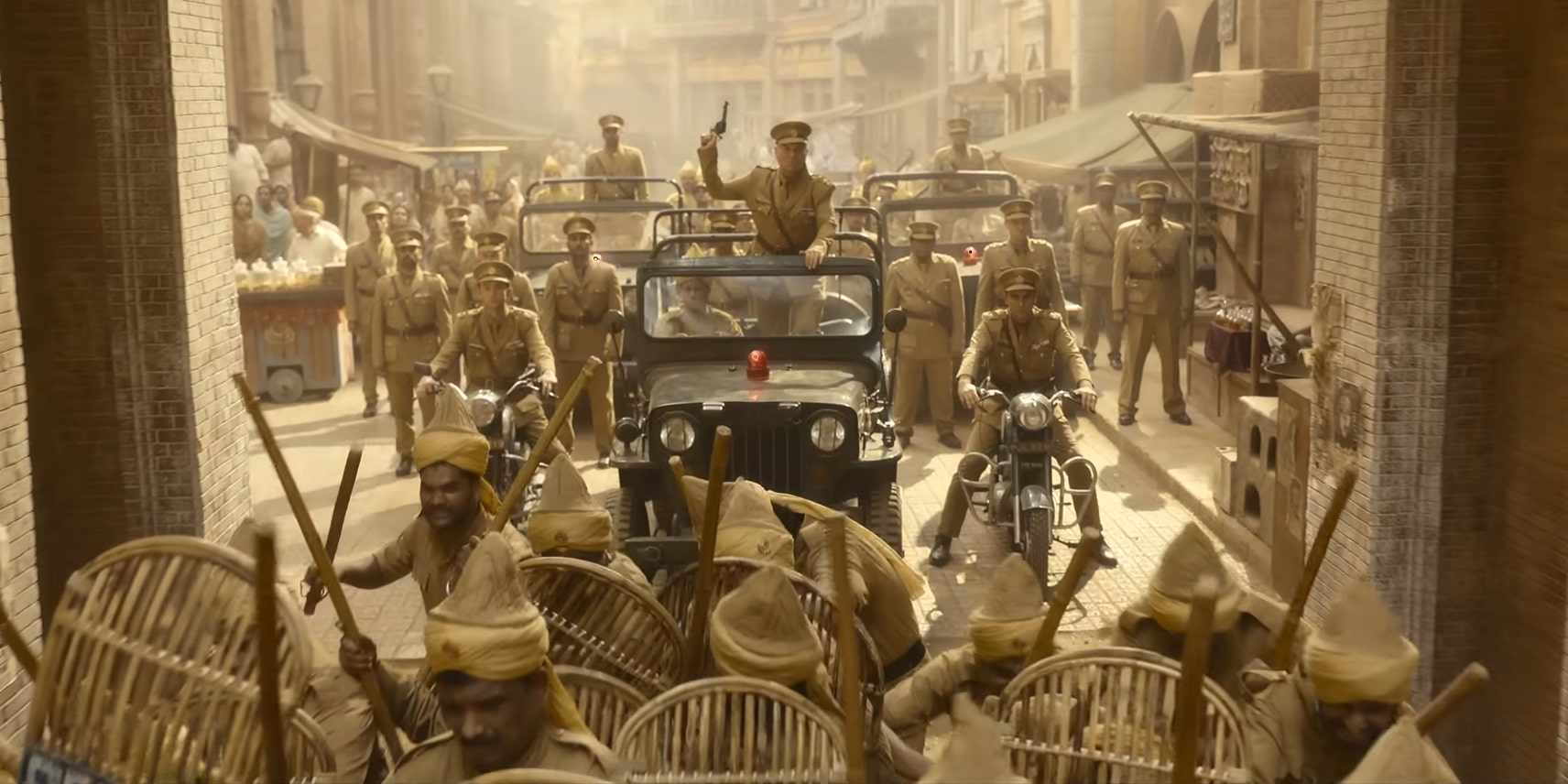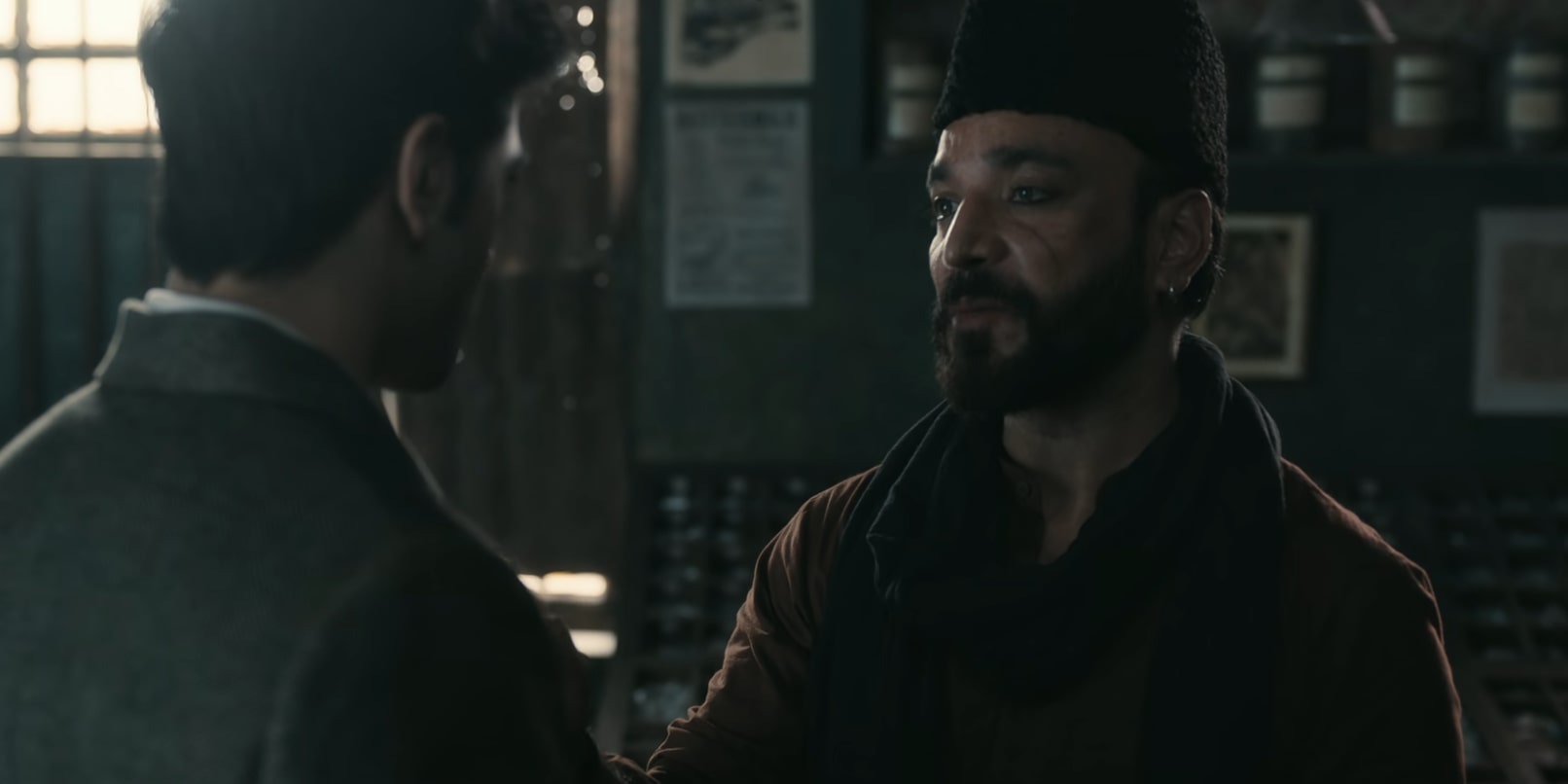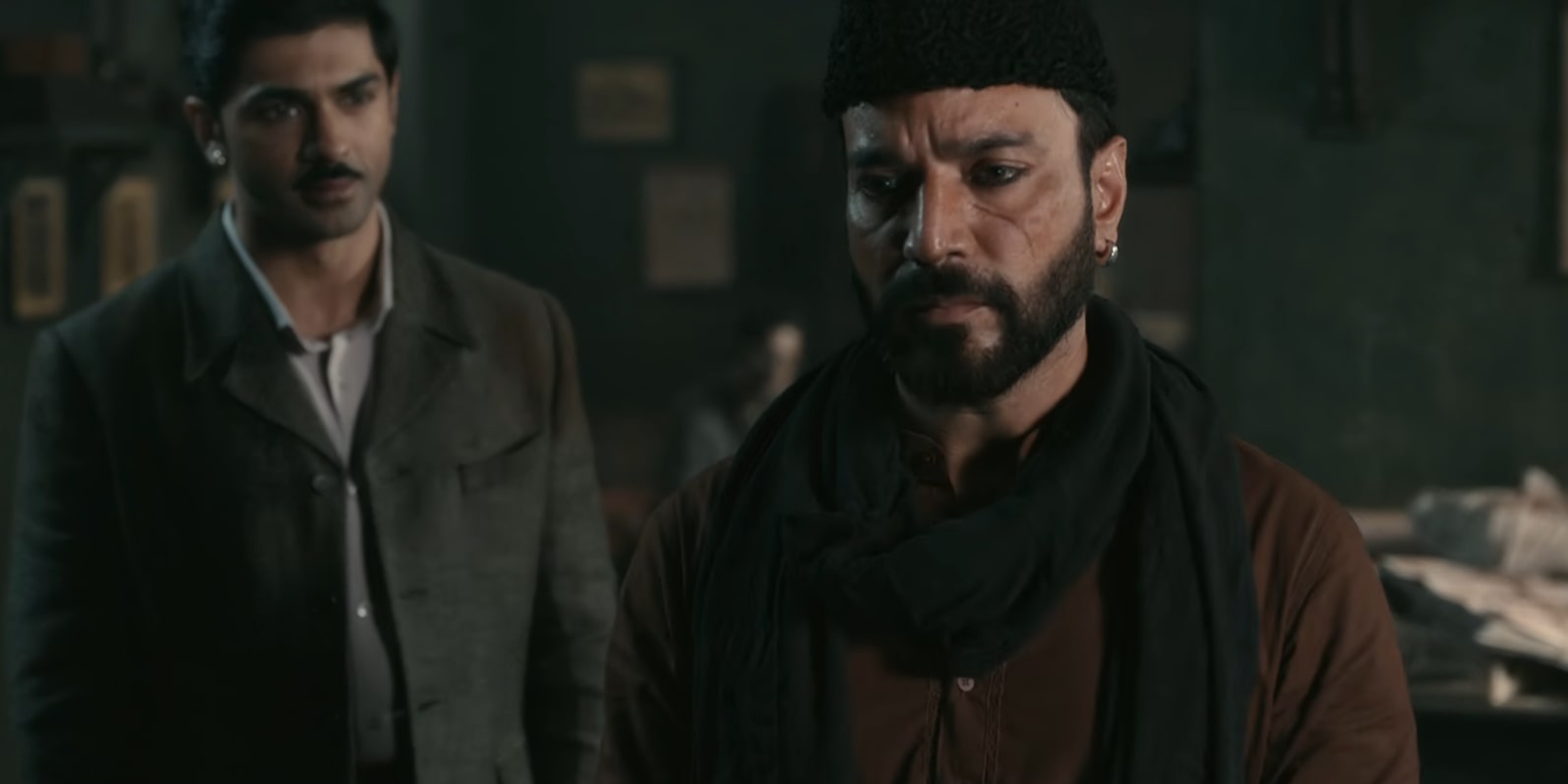Sanjay Leela Bhansali’s ‘Heeramandi: The Diamond Bazaar’ is a Netflix period drama set in Lahore during British rule in India. Revolving around the courtesans’ district of Heeramandi, its episodes chronicle the romances, deceits, and power struggle of the tawaif (courtesans). A subplot of the show also involves elements of the Indian freedom struggle, which takes center stage later in the narrative. A key proponent of the depicted freedom struggle in the show is Hamid Mohsin Ali, the leader of a group of freedom fighters. Hamid believes in an extreme ideology for attaining independence, forgoing the ideals of Mahatma Gandhi and Jawaharlal Nehru in favor of armed rebellion.
While Hamid and his group of revolutionaries aren’t the focus of ‘Heeramandi: The Diamond Bazaar,’ their activities are integral to driving the plot and bringing together many characters under the banner of independence. The ideals, oratory, and political understanding displayed by Hamid Mohsin Ali are reminiscent of real-life freedom fighters and generate questions about his historical equivalents. SPOILERS AHEAD
Hamid Mohsin Ali is Inspired by Radical Freedom Fighters
Like much of the show’s storyline and characters, Hamid Mohsin Ali is part of a fiction that draws from historical elements during the British Raj in India. There are no Indian freedom fighters who match the profile and actions of Hamid Mohsin Ali, but he reflects the behaviors and sentiments of Bhagat Singh, Chandra Shekhar Azad, and other revolutionaries of the time.

In the early 20th century, Lahore was a part of the Punjab province of British-ruled India. While there were instances of armed revolutionaries raiding British weapon caches, carrying out assassinations and sabotage, as seen in the show, these were an exception rather than the norm. The Indian freedom struggle primarily took the form of non-violent movements, non-cooperation, and hunger strikes, which were emblematic of Mahatma Gandhi.
Mahatma Gandhi and Jawaharlal Nehru were members of the Indian National Congress (INC), who supported a peaceful solution to the problems of the British Raj. Other freedom fighters who were ready to resort to radical means for freedom famously split off from the INC at its Surat session in 1907. Hamid Mohsin Ali and his philosophies for achieving independence stand firmly with this splinter group called the radicals. In the show, Hamid explains the difference between his group and the INC leaders, saying (translated), “They are ready to give their lives; we are ready to take lives.” He explains this to Tajdar, who seeks to join the radical movement, to make him aware of the difference between himself and leaders like Gandhi and Nehru.
Hamid’s sentiments would have been echoed by many of India’s so-called radical freedom fighters, many of whom made up the Hindustan Socialist Republican Association (HSRA) and also operated in Lahore. The most famous example, and one which has the most parallels with Hamid’s story, is that of Bhagat Singh. Bhagat Singh and his comrades planned the assassination of the police superintendent in Lahore, James A. Scott, for causing the death of senior freedom fighter Lala Lajpat Rai by ordering a lathi (baton) charge. In the show, Hamid plans an assassination of a British officer with Bibbo in response to the death of a fellow freedom fighter, Tajdar, who is killed by a lathi strike to the head.

Hamid Mohsin Ali works to publish newspapers and spread pamphlets in addition to planning an armed revolt. He does this through his newspaper, Hazoori Bagh Patrika, for which we see him operating the printing press. No such newspaper has existed historically, and Hazoori Bagh is a real-life park in Lahore, Pakistan. This element of Hamid’s freedom struggle can be compared with that of Zafar Ali Khan, a Pakistani poet, writer, and journalist who became an important figure in the Pakistan Movement against British rule. He ran the daily Zamindar newspaper, founded in Lahore by his father, which gained significance in the Punjab province for Zafar’s political writings and satire.
The Pakistan Movement, under Muhammad Ali Jinnah and the Muslim League, remained non-violent in their anti-British protests and movements. Lahore saw very few radical responses to the British Raj, with the exception of the daring attacks by the HSRA. Hamid Mohsin Ali takes after the historical figures of the HSRA in his philosophies and methodologies, becoming a martyr to the cause he believes in, like so many of his historical inspirations.
Read More: Heeramandi The Diamond Bazaar: The Real-Life Inspirations Behind Bibbojaan


You must be logged in to post a comment.